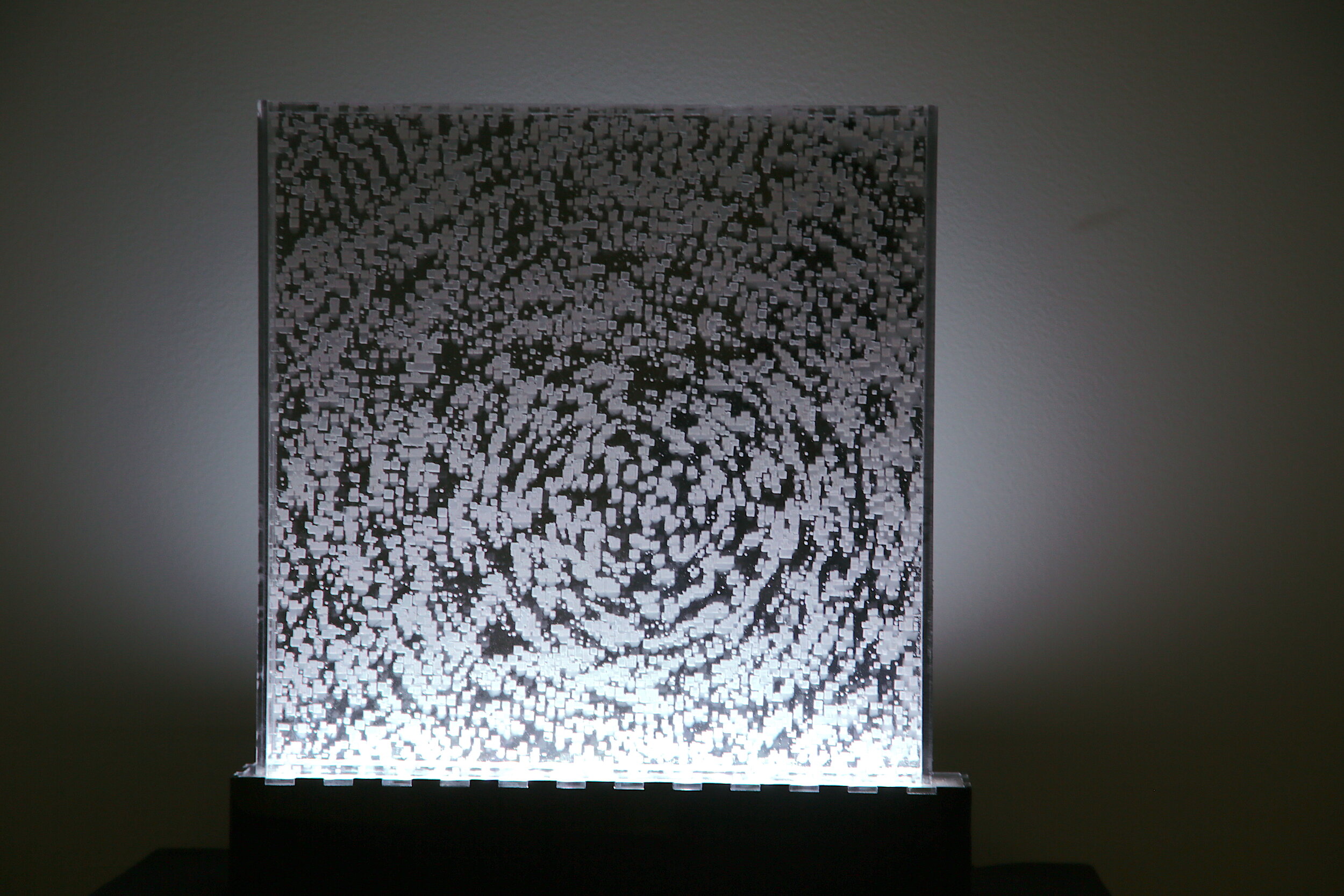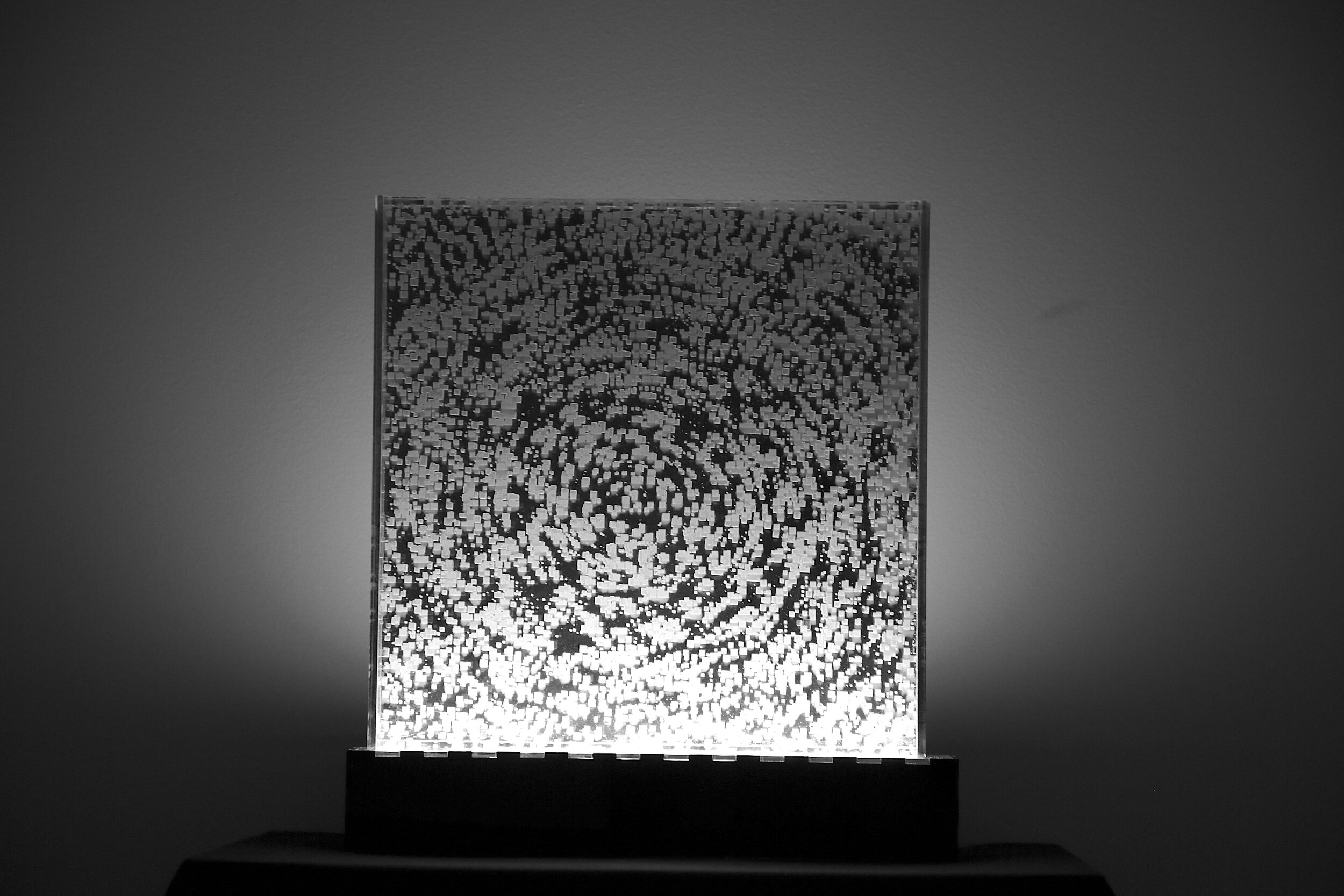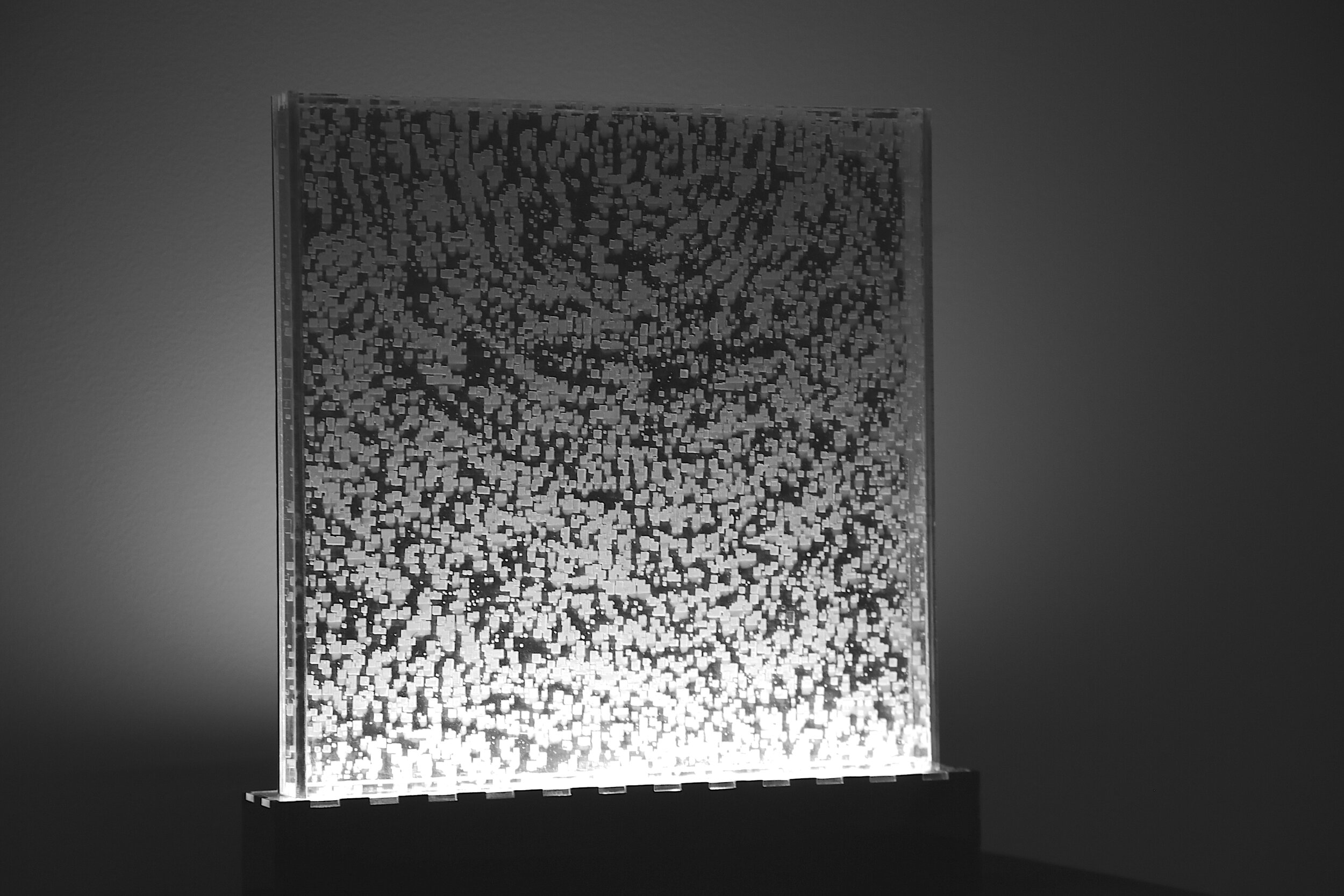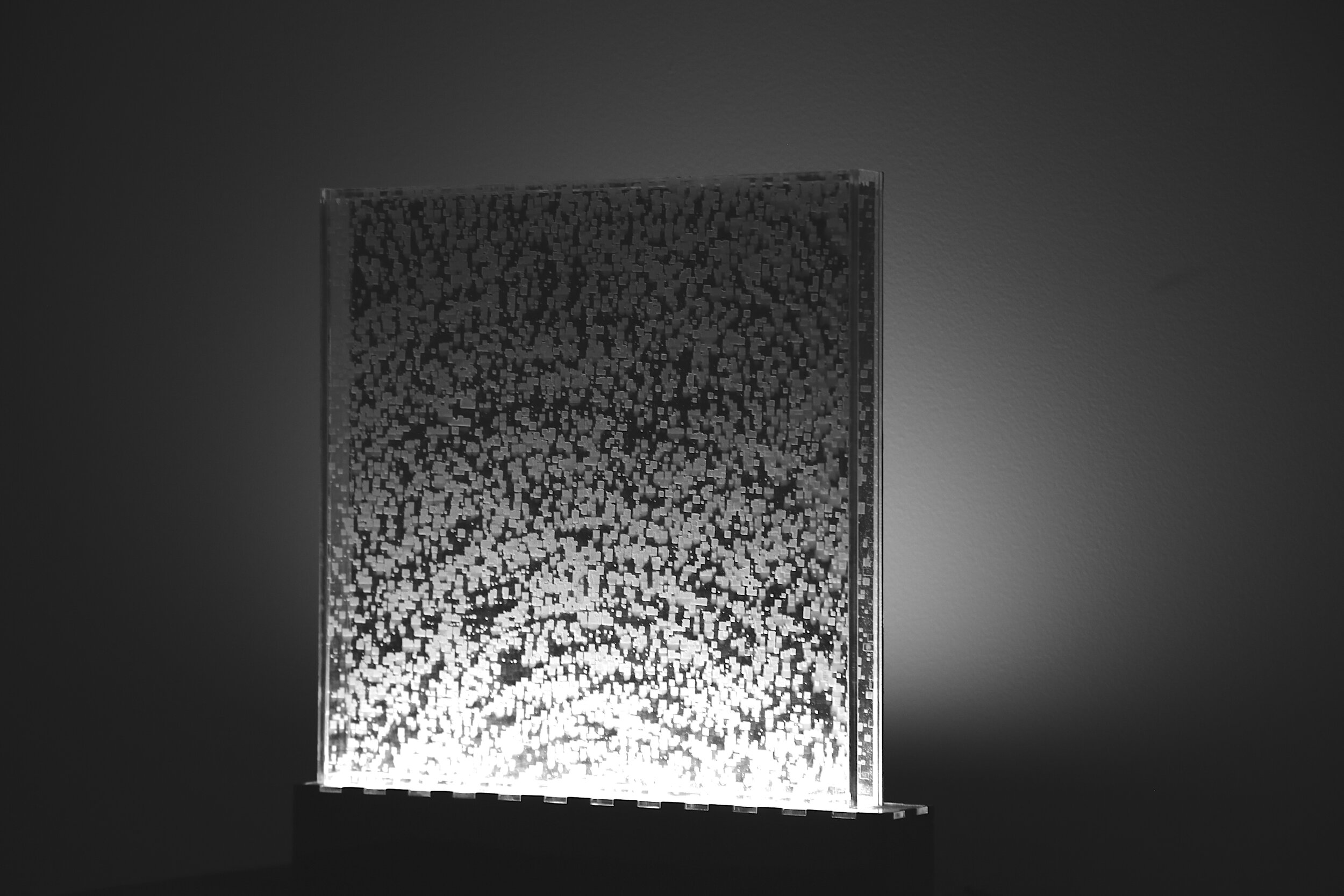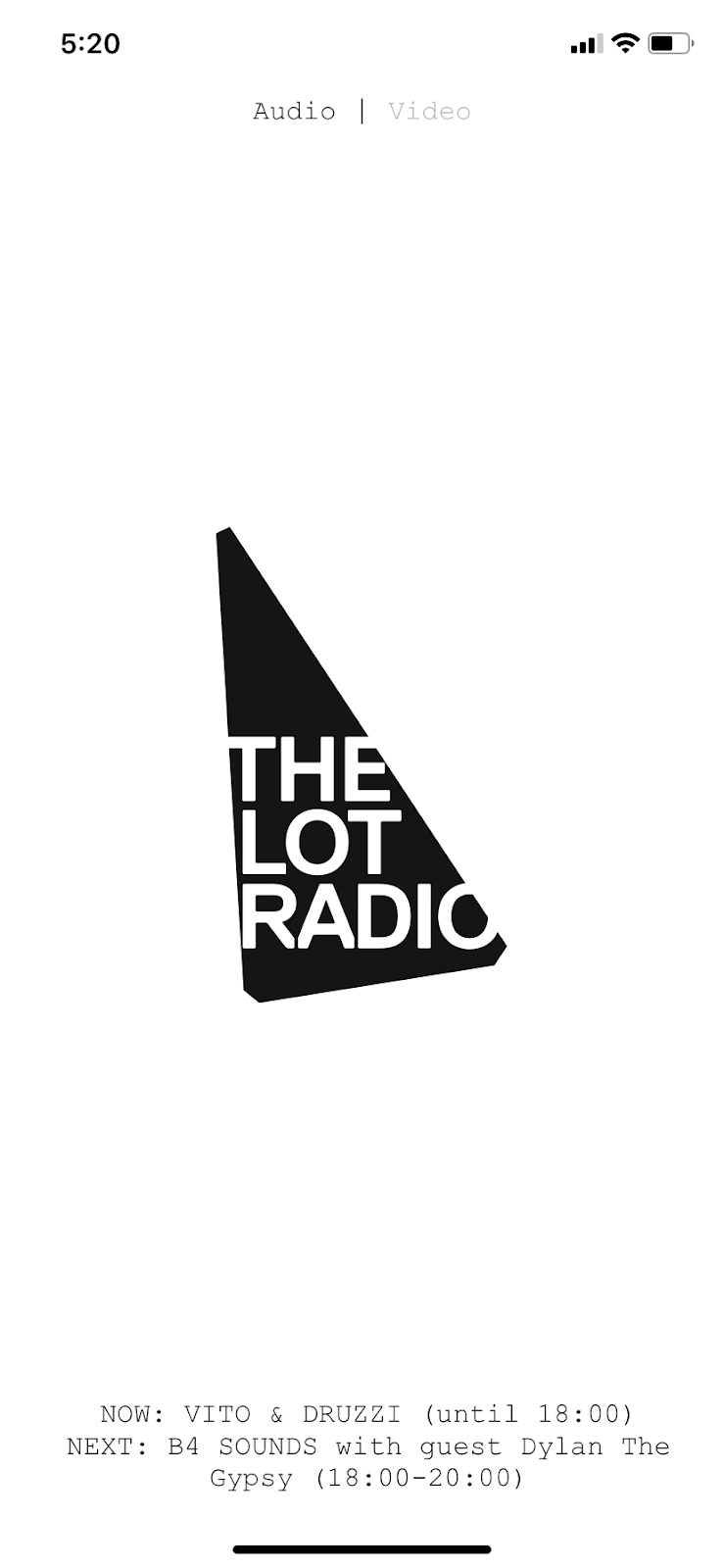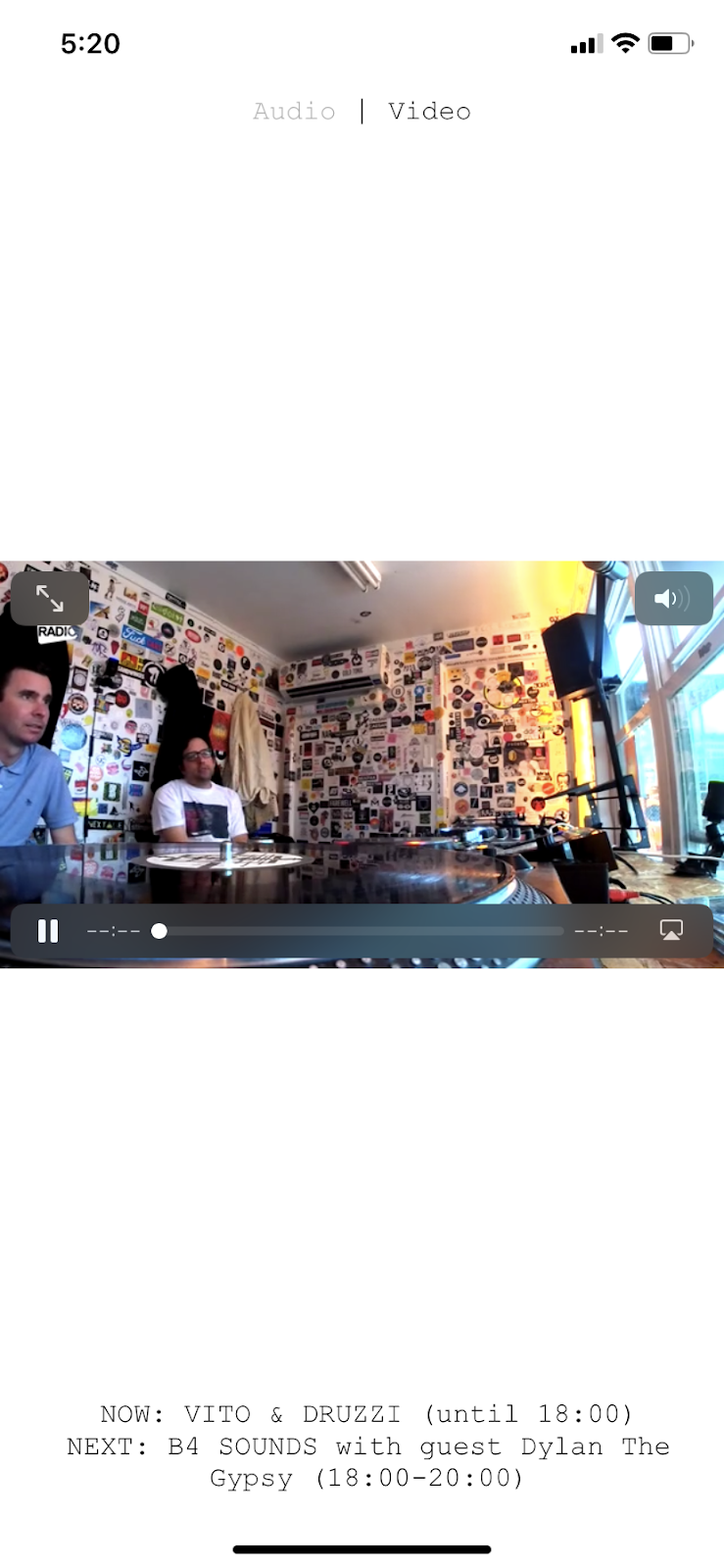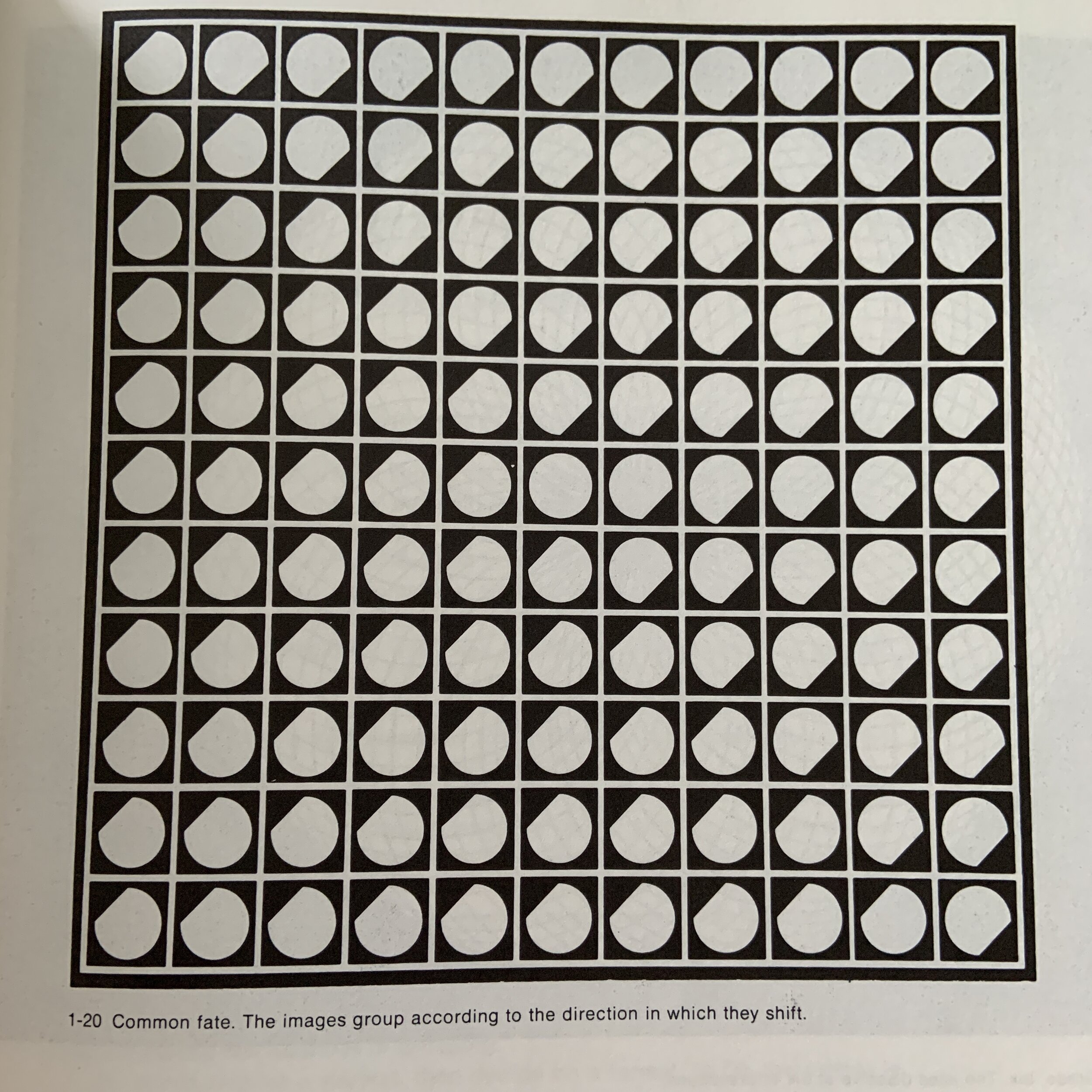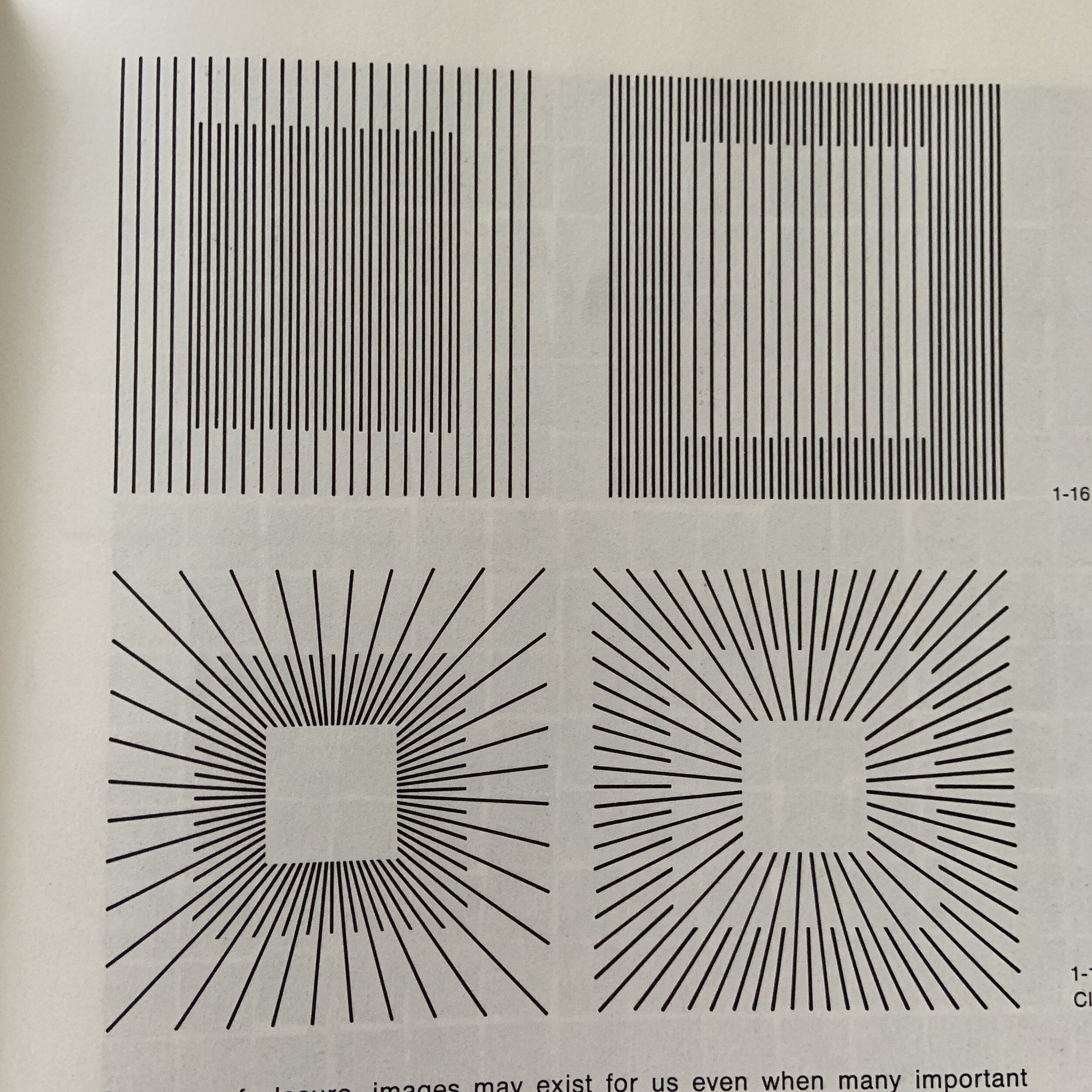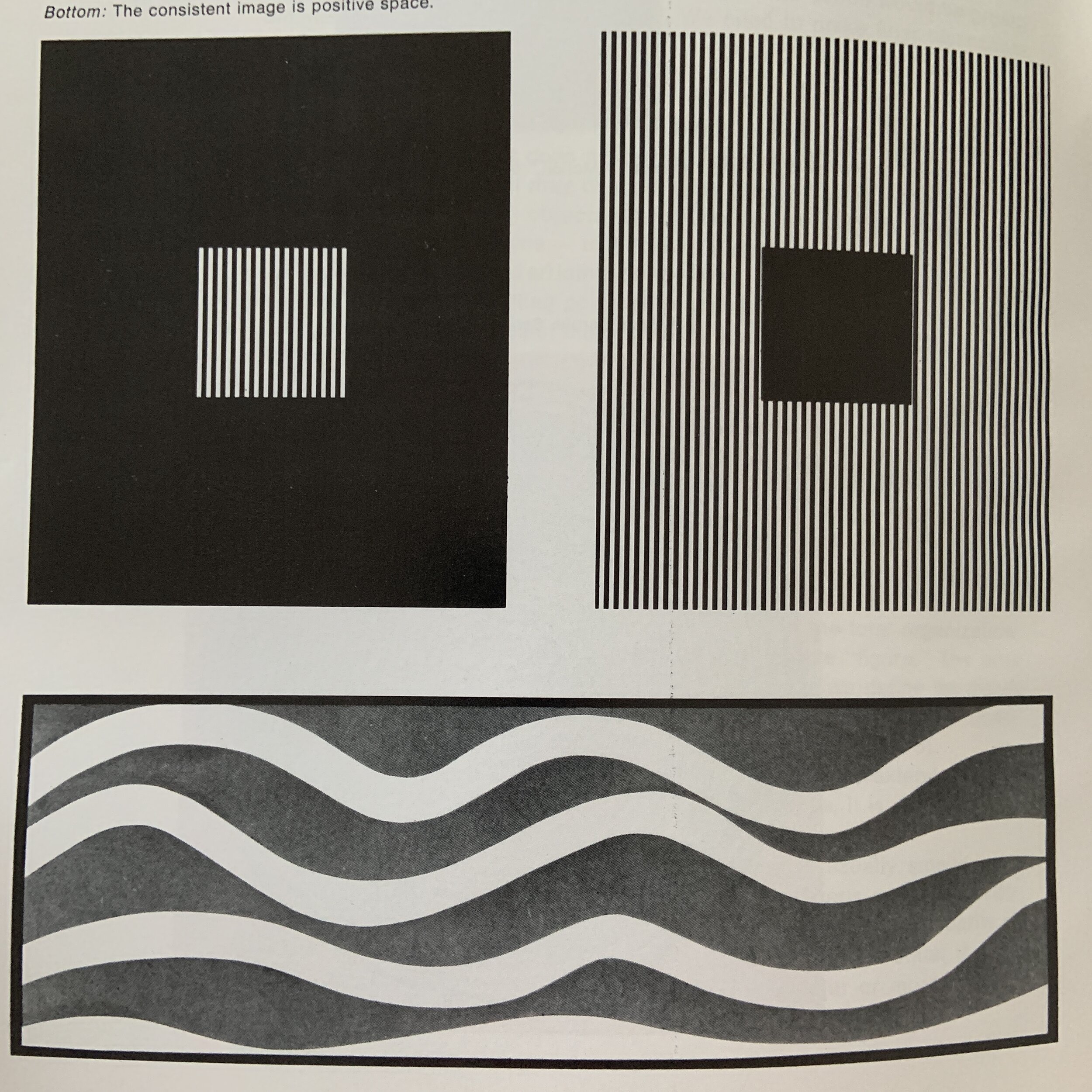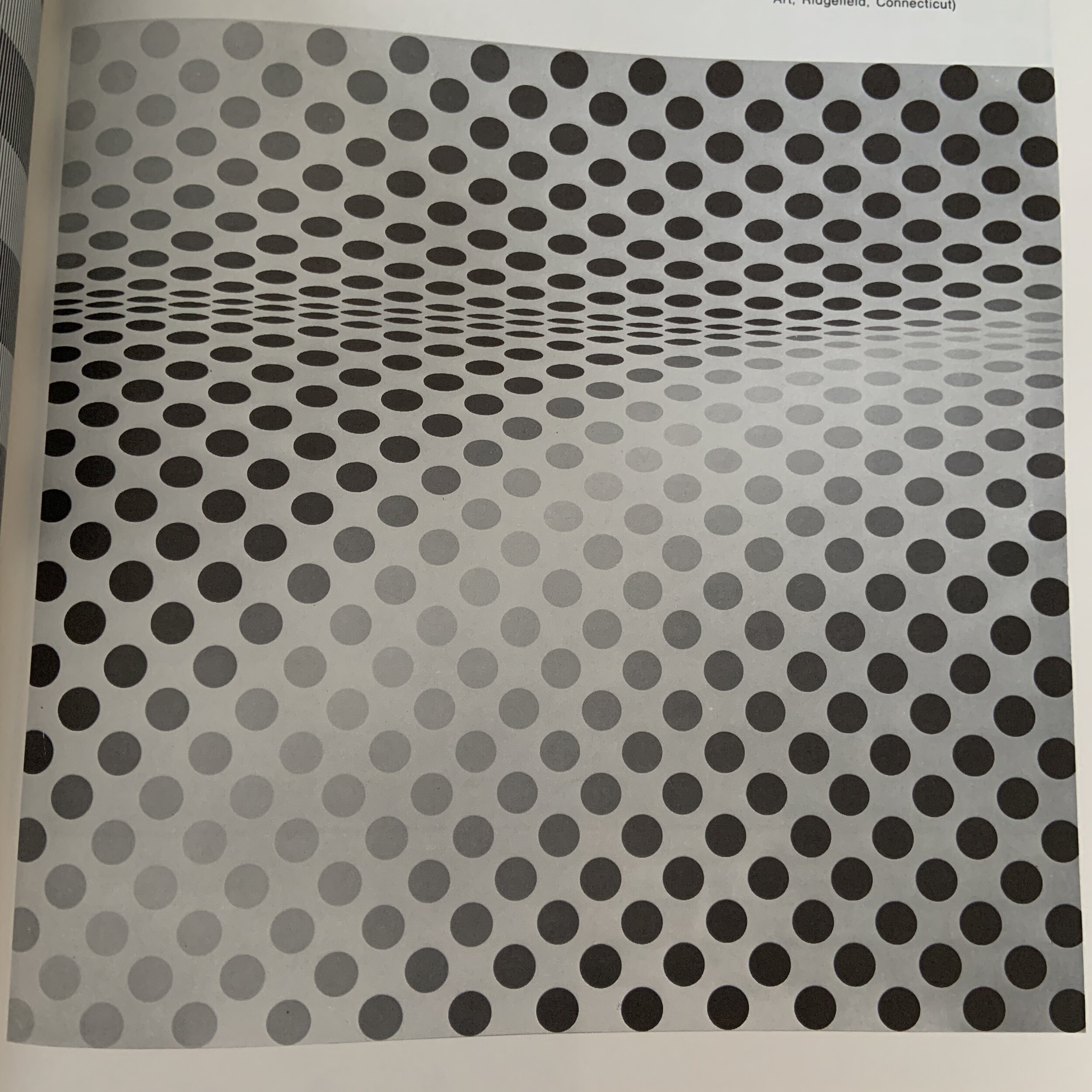Sonic Cubes is a set of instruments intended for a live performance exploring random music generation system. It involves motions and spatial arrangements of 6 cubes that trigger and manipulate sound in a 17-channel audio set up. Listeners are surrounded by speakers at ear level arranged in a circle.
The programs of choice are Max/MSP and reacTIVision, a vision framework that tracks motions of objects with a webcam. The detailed technical documentation can be found here in my previous blog post. Having established connections between physical objects and Max through reacTIVision, I started my composition process. The affordance of 6 cubes suggests the action of tossing around so that thousands of different combinations of sound can be generated. Having the goal of a random music generation system in mind, I started experimenting with different sounds, melodic, percussive and experimental. I was very inspired by Terry Riley’s “In C”, where the entire 40 minutes of composition is based on a very simple repeating note pattern. I began by attaching a short note sequence to each side of a cube and sending MIDI noteout to play piano notes. I started with fewer cubes each representing a type of 7th chord like fully diminished, half diminished, and minor 7th etc. I then took out certain notes in the chord(e.g. 3rd and 7th, or root) leaving fewer notes in the sequence. I started to notice some interesting patterns and unexpected combinations like this. However, the longer it lasts, the more robotic and dry it sounded due to the uniform piano sound, so I thought about using different program/synth options. I tried different ways to send MIDI to dac~ through different sound, like VST~ and X.FM~, but I found fluidSynth~ to be the most handy. It loads any soundfont files, which opens up to tons of possibilities. I explored different combinations of synth, drone and percussions, to make it more musical. I then also applied some effect modulations to certain sounds triggered by rotation of the cubes. After many experimentations, the piece came together.










